Modern smartphones have evolved to handle demanding tasks, but one common frustration remains—slow charging. Whether in a rush before heading out or trying to power up during a short break, charging speed can make a noticeable difference in daily productivity. Advances in technology and small yet effective techniques can significantly reduce charging time. Understanding both hardware capabilities and practical methods can transform the charging experience, making it more efficient without compromising battery health or device safety.
1. Use a Certified Fast Charger
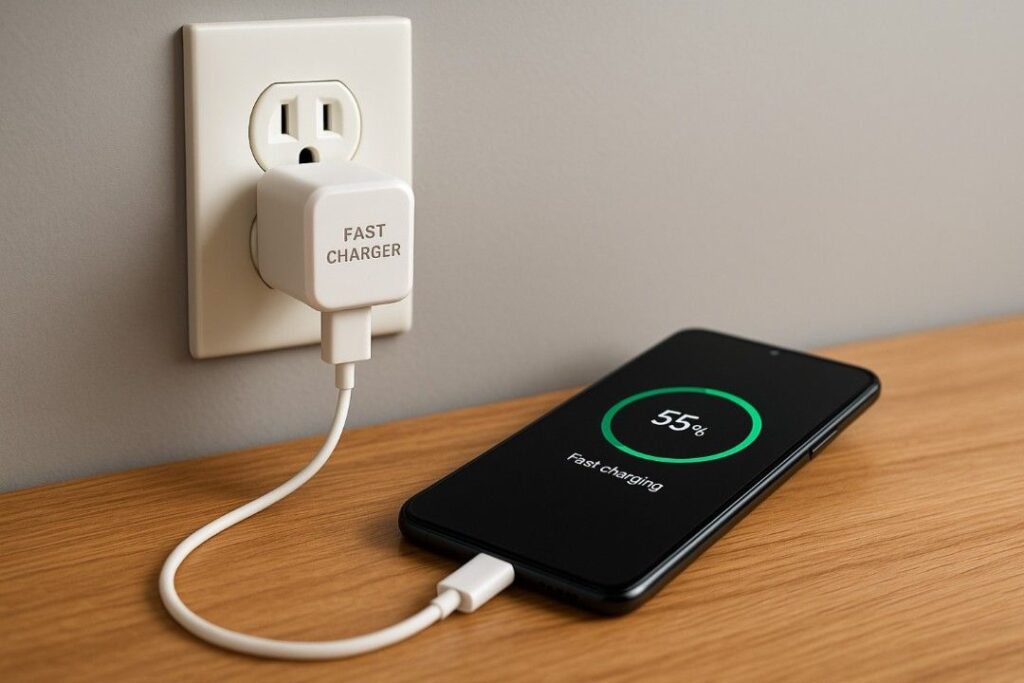
Chargers certified for fast charging deliver higher wattage, enabling compatible devices to replenish their batteries much quicker than standard chargers. Technologies like USB Power Delivery (USB-PD) and Qualcomm Quick Charge are designed for efficiency, but using uncertified or counterfeit accessories can damage batteries.
Always check manufacturer recommendations, as not all phones support the same voltage or amperage. Investing in the correct certified charger ensures optimal speed while maintaining long-term battery health, avoiding overheating or short circuits. Reputable brands and original accessories provide the safest and most reliable results.
2. Switch to Airplane Mode While Charging

Activating airplane mode reduces power consumption by disabling Wi-Fi, Bluetooth, mobile data, and GPS. This minimizes background processes that slow charging by draining battery power simultaneously. It’s especially useful when rapid charging is needed in limited time, such as during short travel layovers or quick work breaks. While this setting limits communication temporarily, it can cut total charging time by a noticeable margin. For even greater efficiency, avoid using the phone altogether while it charges in this mode.
3. Avoid Wireless Charging for Speed
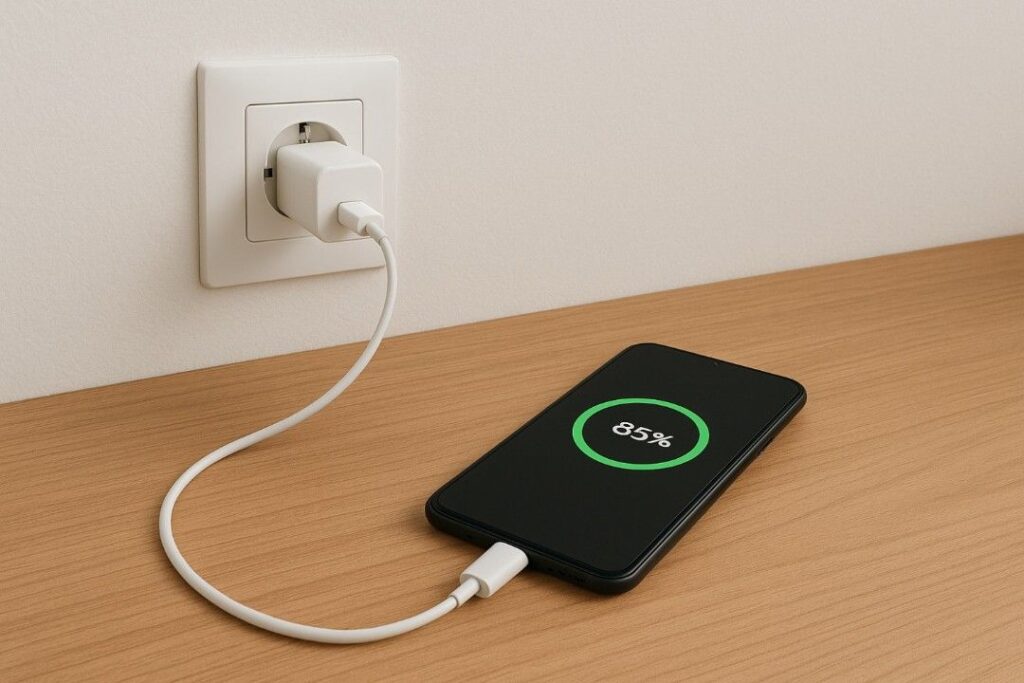
Although wireless charging offers convenience, it generally delivers slower charging speeds compared to wired connections. Even with advancements in Qi wireless technology, heat buildup and lower power transfer rates can reduce efficiency. For the fastest results, use a high-quality cable and wall adapter, ideally one that supports your phone’s maximum charging wattage. Wired charging also reduces the risk of overheating associated with certain wireless pads, helping preserve long-term battery capacity and performance.
4. Charge Through a Wall Outlet, Not a Computer
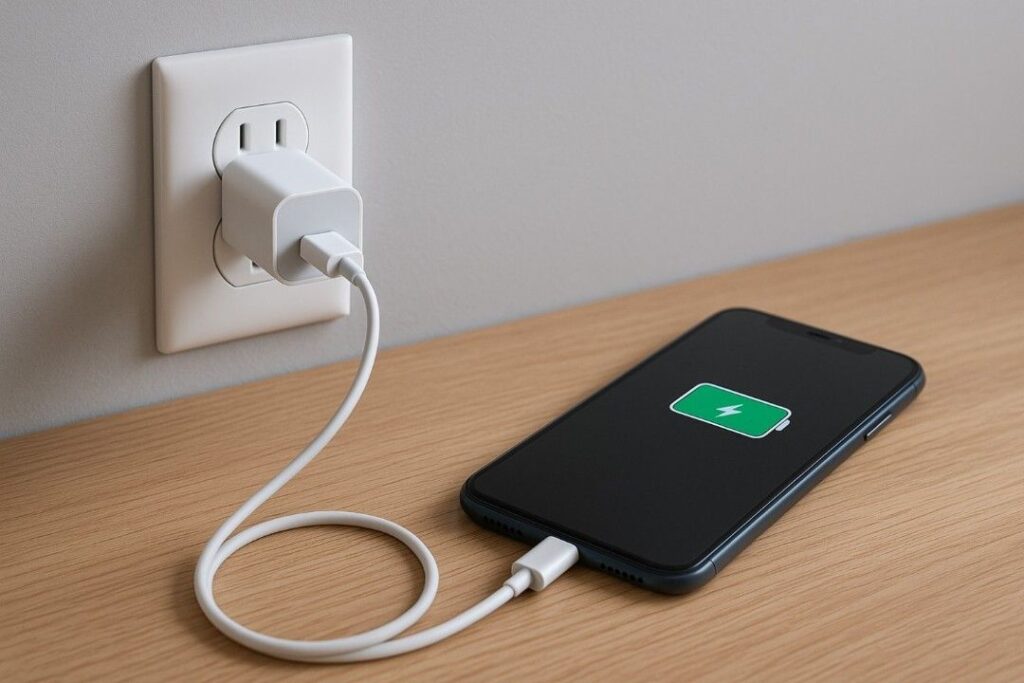
Charging via a computer’s USB port is significantly slower due to limited power output—often around 0.5A for older USB 2.0 and up to 0.9A for USB 3.0. In contrast, wall adapters can deliver 2A or more, depending on the charger’s rating and the phone’s capabilities. Using a direct wall outlet maximizes power delivery and avoids power interruptions common with computer sleep or standby modes. This method is both faster and more consistent, ensuring a steady current throughout the session.
5. Use Shorter, High-Quality Charging Cables
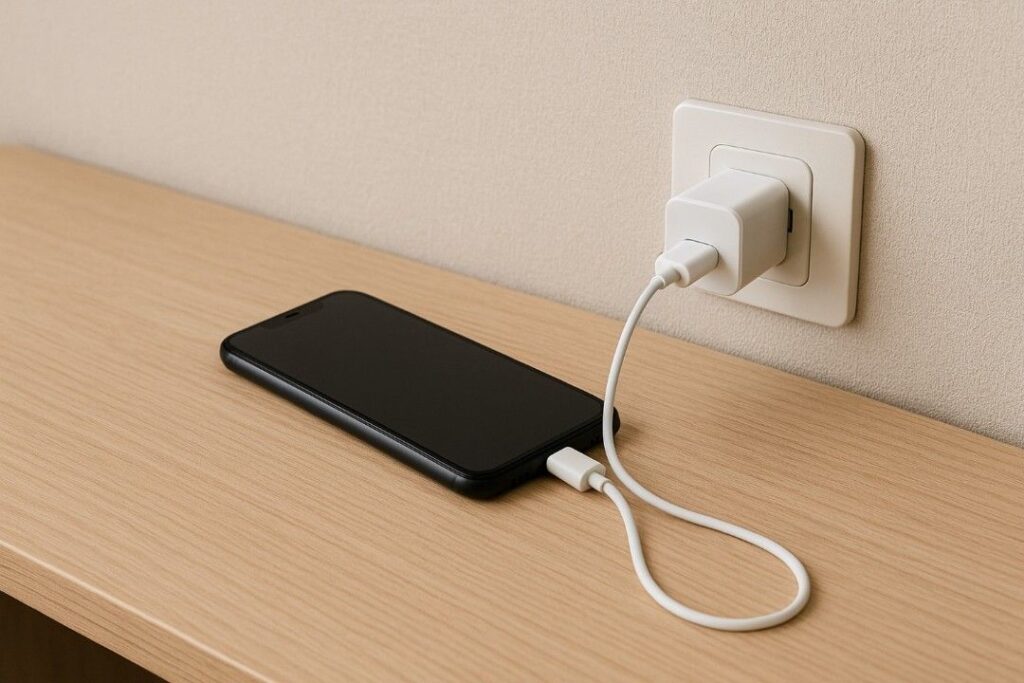
Cable length and quality directly influence charging speed. Shorter cables reduce electrical resistance, allowing more power to reach the phone without loss. High-quality cables with thicker gauge wires and proper shielding ensure better current flow and prevent voltage drops. Cheaper, poorly made cables may limit charging speed or cause intermittent connections. Certified cables that meet USB-IF or manufacturer standards guarantee both speed and safety, preventing device damage from unstable currents.
6. Keep the Battery Cool During Charging

Heat slows charging efficiency and degrades battery health over time. Charging in a cool, well-ventilated area helps maintain optimal charging speeds. Avoid placing the device under direct sunlight, near heating vents, or on thick bedding where heat can accumulate. If the phone becomes warm during charging, removing any thick protective case can help dissipate heat more effectively. Lithium-ion batteries operate most efficiently within moderate temperature ranges, typically between 20°C and 25°C (source).
7. Turn Off Background Apps and Processes
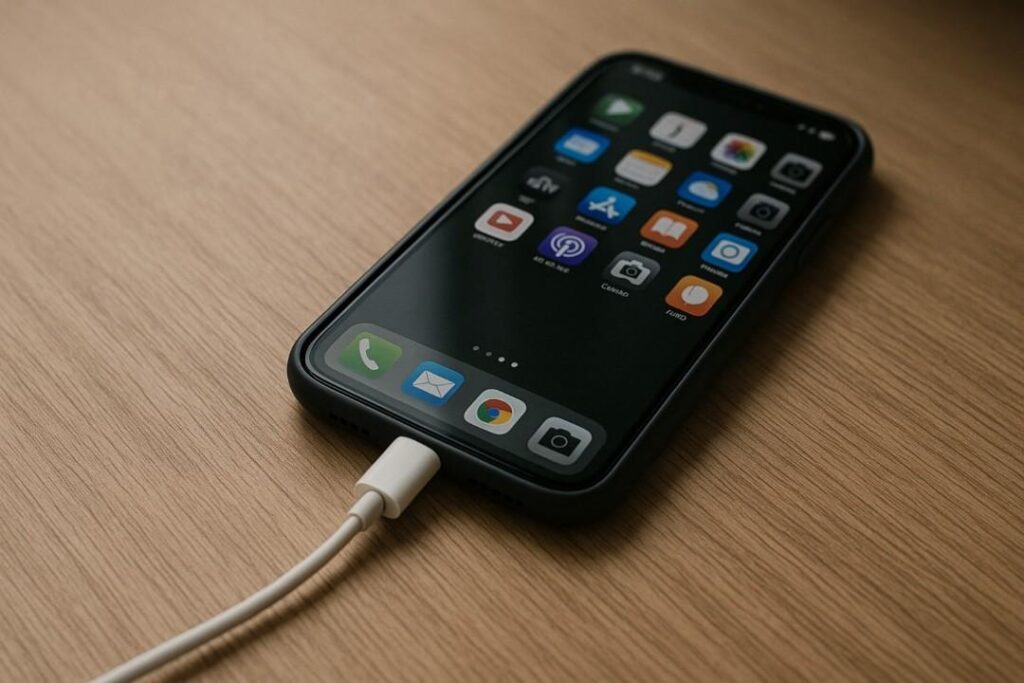
Apps running in the background can consume power, slowing down charging. Closing unused applications, especially resource-heavy ones like games, streaming services, and GPS navigation, can reduce battery drain. Additionally, disabling automatic updates and syncing during charging further boosts efficiency. On Android, battery optimization tools can help manage background activity, while iOS allows app refresh control. Less energy consumption during charging means more of the incoming power goes directly to replenishing the battery.
8. Disable Vibrations and Haptic Feedback
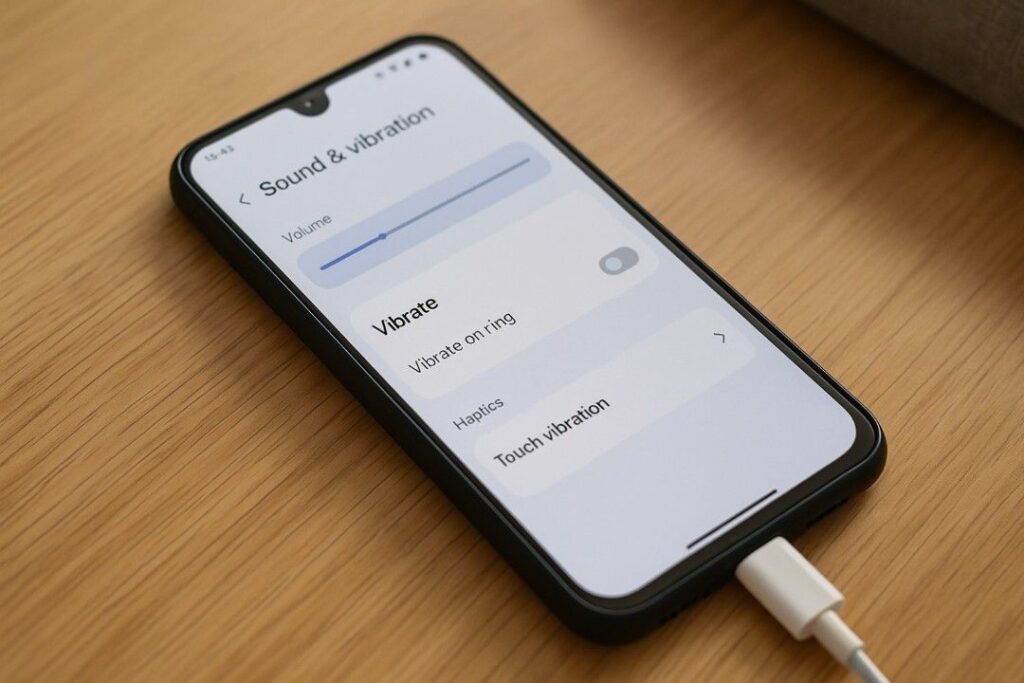
Vibrations require more energy than audible alerts, as they physically activate a motor inside the phone. While charging, disabling haptic feedback for keyboard typing, notifications, and system actions can slightly reduce power usage. Although the effect may seem minimal individually, combined with other optimizations, it contributes to faster charging overall. This setting can usually be adjusted in the device’s sound or accessibility menu, depending on the operating system.
9. Enable Battery Saver Mode

Battery saver mode reduces background activity, limits visual effects, and minimizes performance demands. These changes lower the device’s power draw during charging, allowing a greater percentage of incoming energy to replenish the battery. The setting is available on most modern smartphones and can be activated manually or automatically at low battery levels. Using it proactively during charging sessions can yield faster results without compromising essential functions like calls and messages.
10. Remove the Phone Case if It Traps Heat
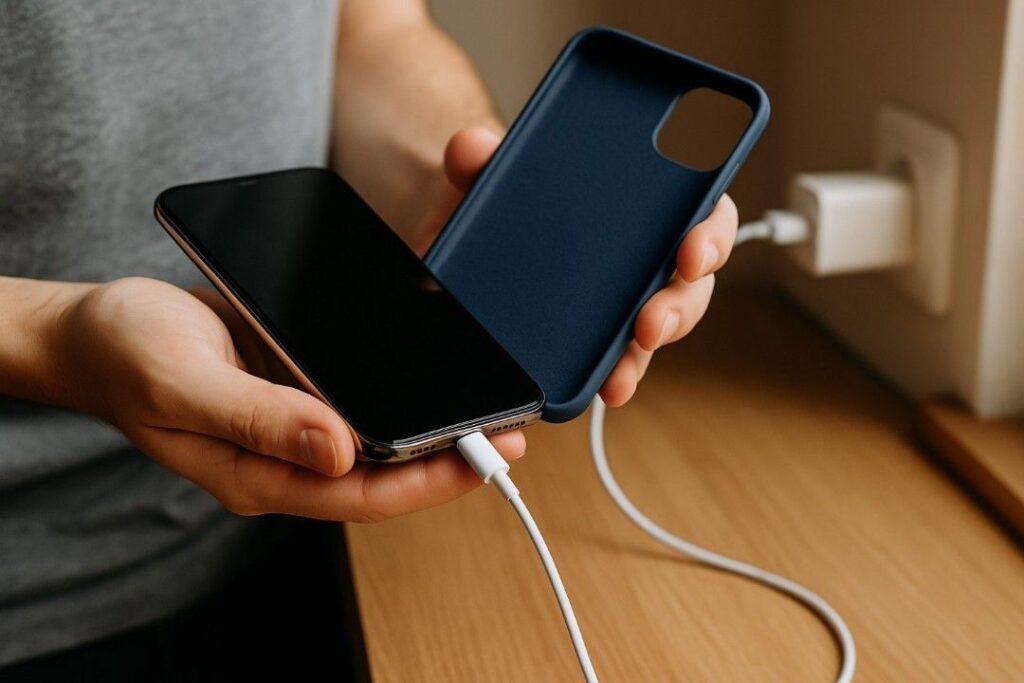
Some protective cases, particularly thick or rugged designs, can trap heat during charging. Overheating can slow down the charging process and shorten battery lifespan. Removing the case while charging allows heat to dissipate naturally, improving efficiency. If frequent removal is inconvenient, consider switching to a breathable or heat-dissipating case made from silicone or perforated materials. Proper airflow around the phone helps maintain stable performance throughout the charge cycle.
11. Avoid Using the Phone While Charging

Using a phone for resource-heavy activities—such as gaming, streaming video, or running GPS navigation—while charging increases power consumption, slowing down the process. It also generates additional heat, which can further reduce efficiency and affect battery health over time. Setting the phone aside during charging ensures the maximum possible current goes toward replenishing the battery rather than running active processes.
12. Keep Software and Firmware Updated
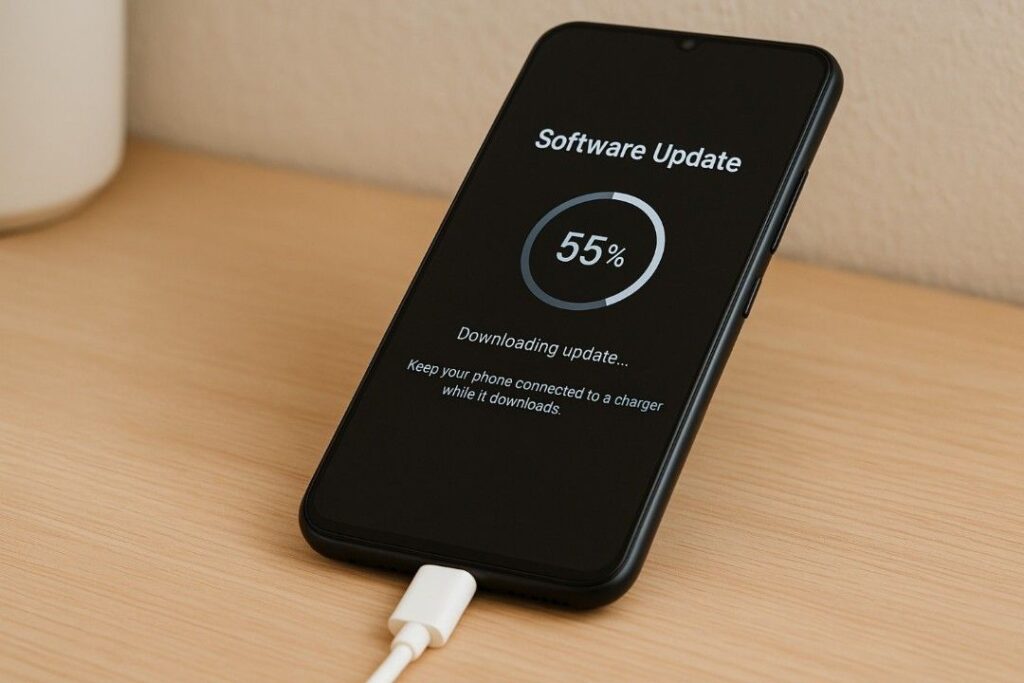
Smartphone manufacturers often release software updates that improve power management, optimize charging algorithms, and enhance battery efficiency. Outdated firmware may limit charging capabilities or prevent the device from fully utilizing fast-charging technology. Regularly checking for updates ensures the phone benefits from the latest performance and security improvements. Updates can be installed manually via system settings, with many devices allowing automatic scheduling during low-use hours.
13. Use a Charging Station with Smart Power Management
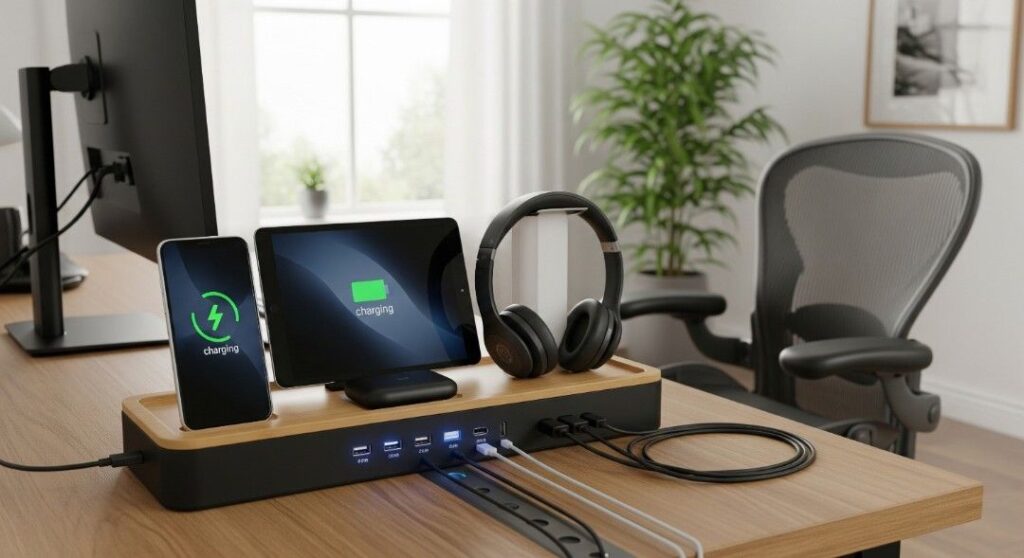
Smart charging stations can detect connected devices and allocate power efficiently based on their charging needs. These stations prevent power wastage, reduce overheating risks, and ensure each device charges at its optimal speed. They are especially useful when charging multiple gadgets simultaneously, as they balance output without overloading the system. Some models even feature surge protection and advanced circuitry for safety.
14. Keep the Charging Port Clean
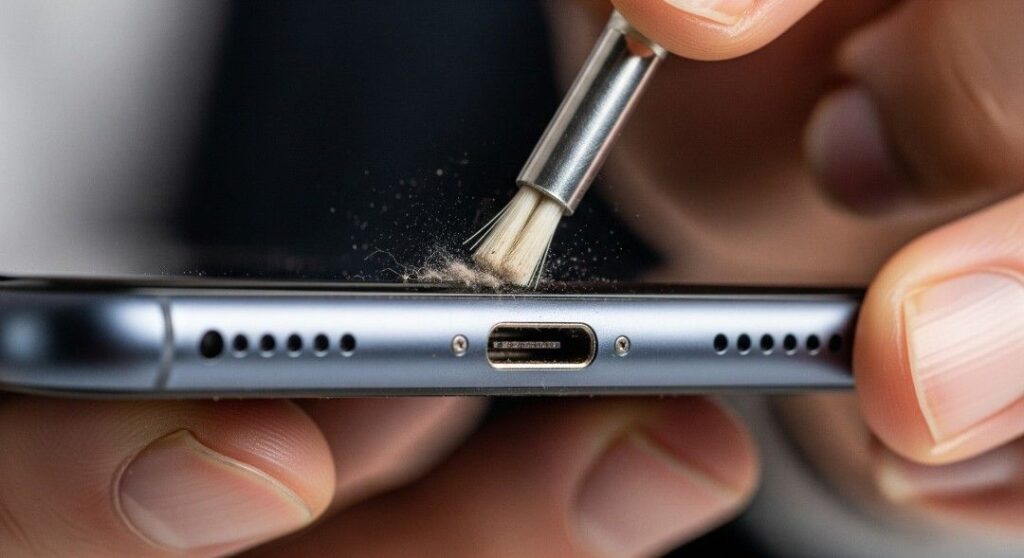
Dust, lint, and debris in the charging port can impede the connection between the cable and the device, reducing charging efficiency. Using a soft brush, compressed air, or a non-metallic pick can help remove obstructions without damaging internal components. Regular cleaning ensures optimal power transfer and prevents issues like intermittent charging or slow speeds. Professional cleaning is recommended if debris is difficult to remove safely.
15. Use a Higher Amperage Power Bank for On-the-Go Charging
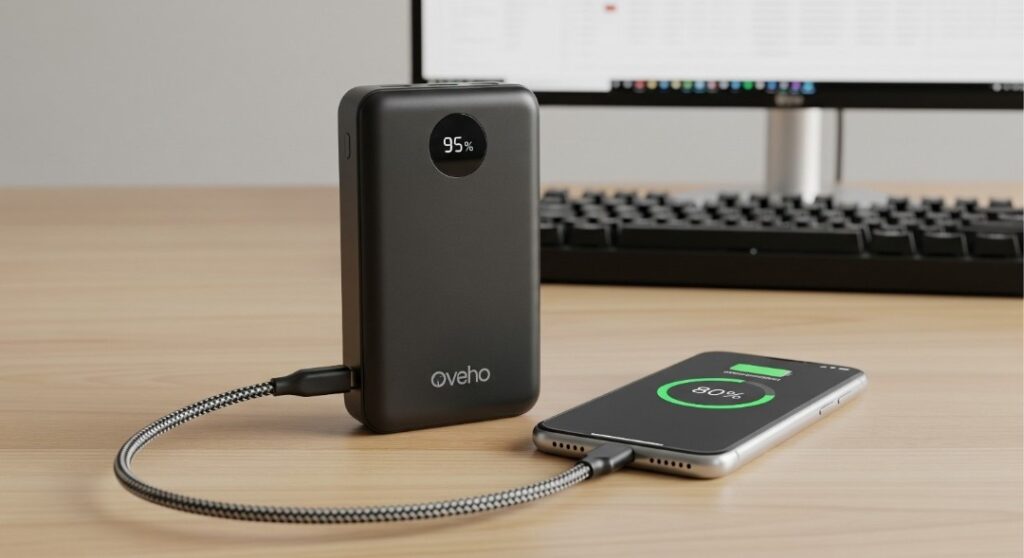
When wall outlets are unavailable, a high-quality power bank with fast-charging capabilities can deliver speed similar to standard wall adapters. Models supporting USB-PD or Quick Charge can charge compatible phones significantly faster than generic power banks. Checking the amperage and wattage output ensures it meets the device’s requirements for optimal performance. Reliable brands often include safety features like overcurrent protection and temperature control.

